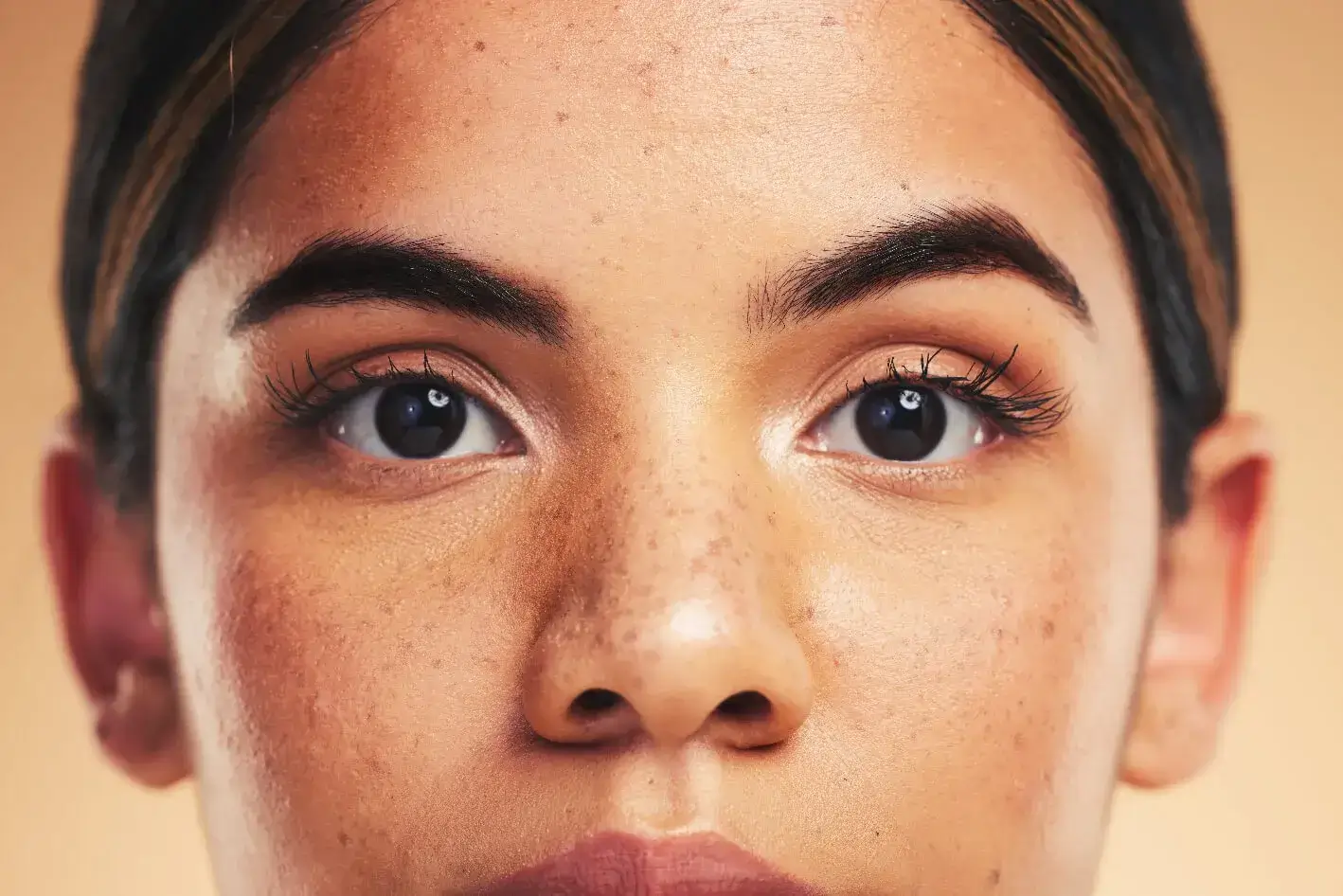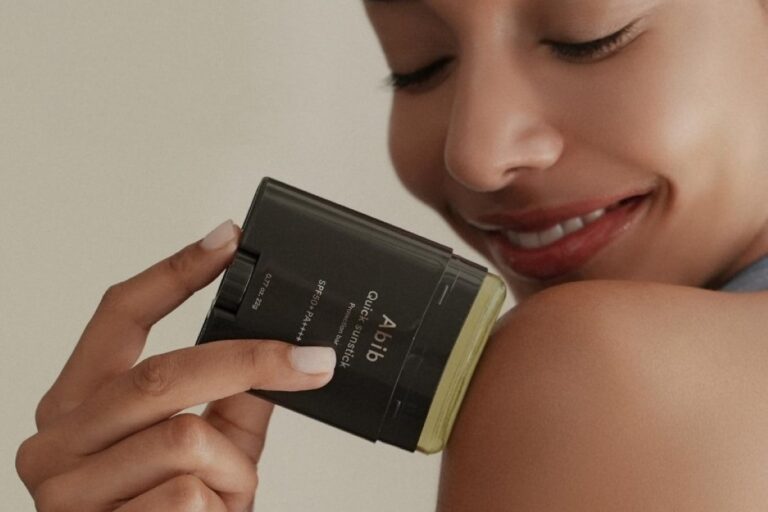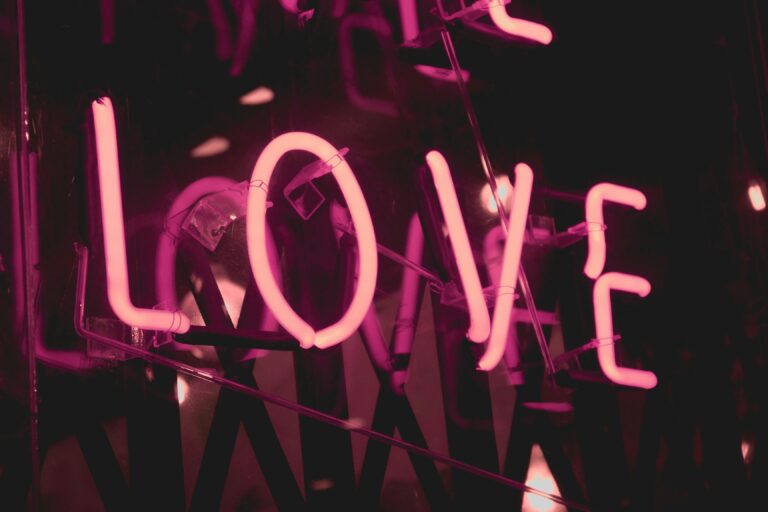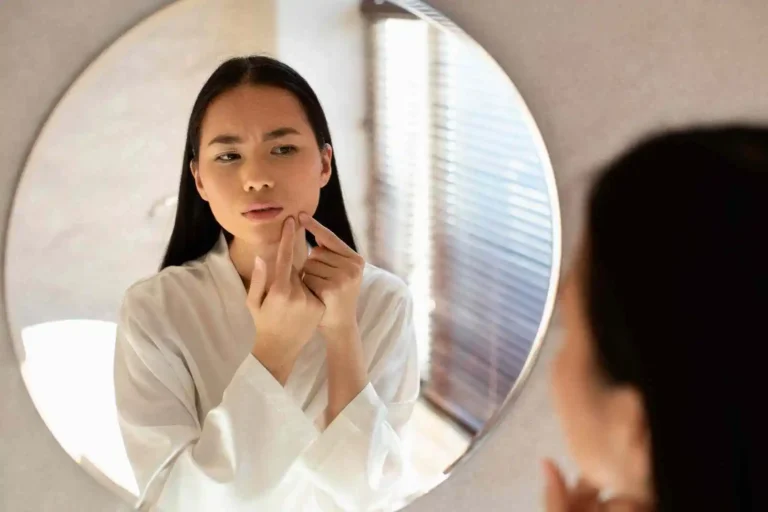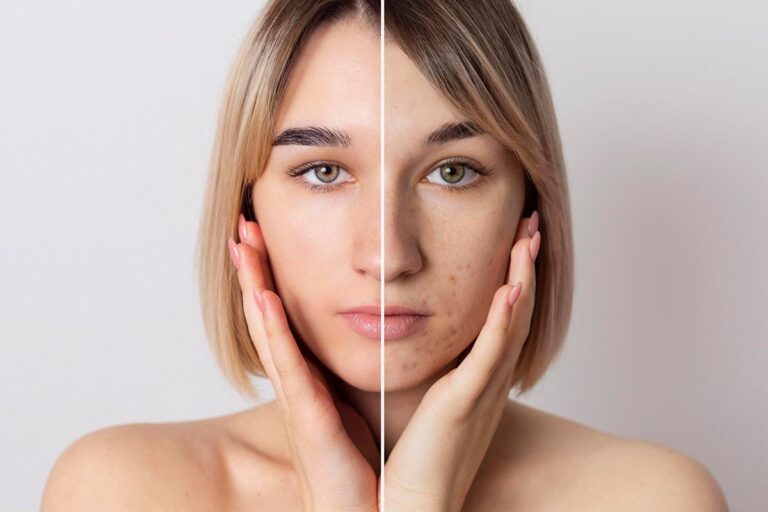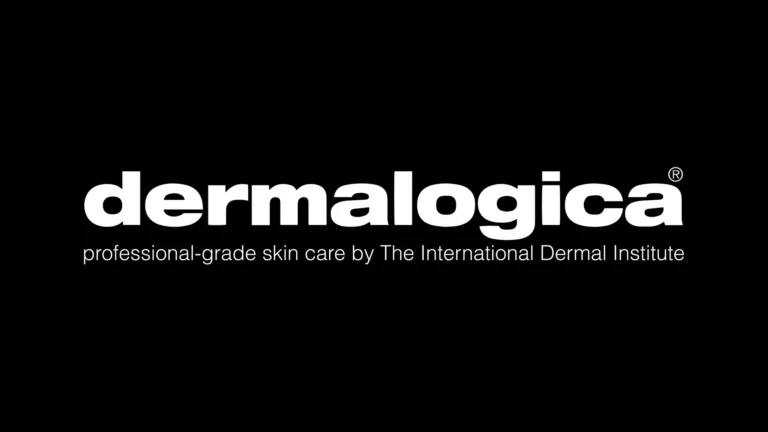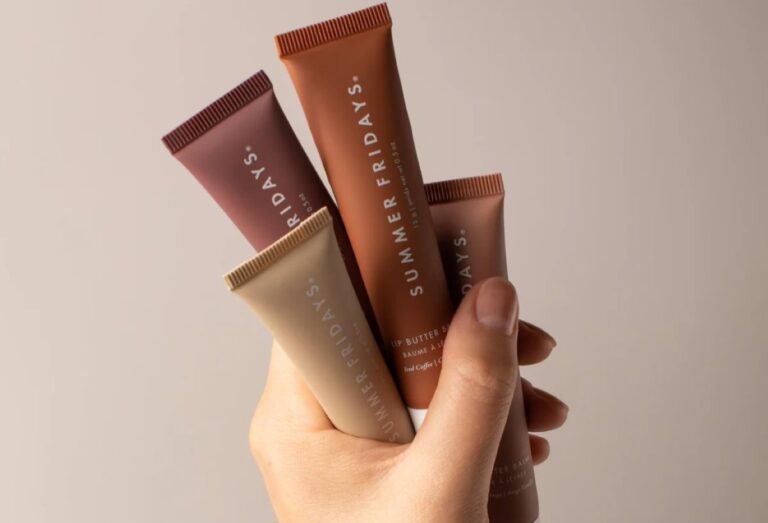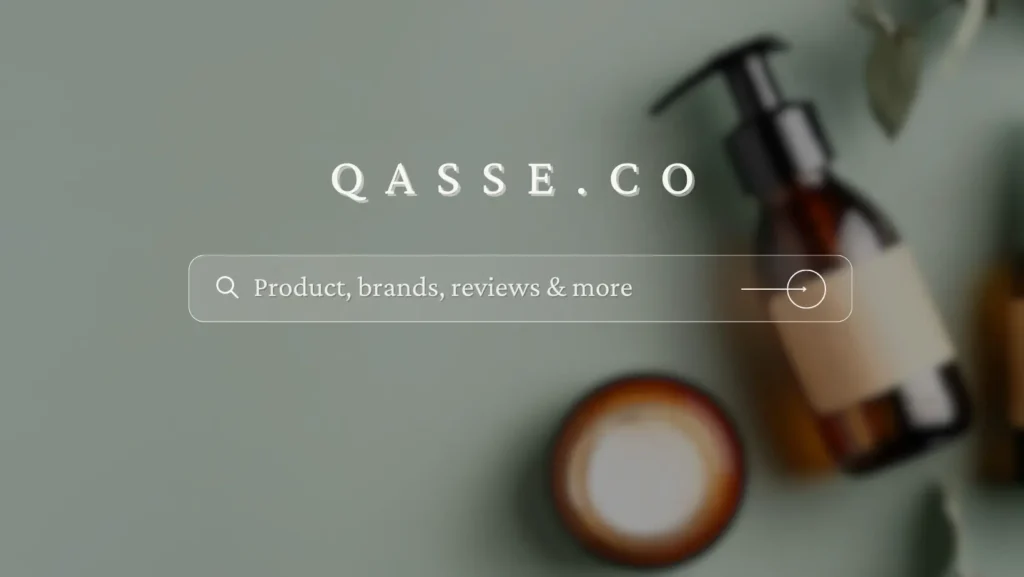Know the 7 Types of Acne and How to Treat Them Effectively!
Acne can be a very frustrating and stubborn skin condition that can cause a range of problems, from scarred skin and redness to soreness and emotional distress. Nearly everyone will experience acne at some point in their lives, especially as you move through your teenage years, but the severity and type of acne that people experience will differ massively. Some people are blessed with clear skin, and will only get the odd spot or two, where some people, like myself, suffer from persistent, stubborn acne and scarring. Even in my mid-twenties, which I am now, I still struggle with various forms of it and the problems that it causes.
So how do you know which type of acne you have? And why is it important that you know the difference? Continue reading to learn about the different types of acne that exist, and the best ways of treating them.
What is Acne?
Acne is a condition that affects the skin, not just on your face but on any part of your body, that occurs when hair follicles clog up with oil and dead skin cells. This build up of substances in the follicle causes different kinds of acne- from whiteheads and blackheads to more severe cystic and fungal types, among others.
It typically affects people on their faces, backs, chests and shoulders, and is most common in teenagers and young adults, though some people will suffer from varying levels of it throughout their lives.
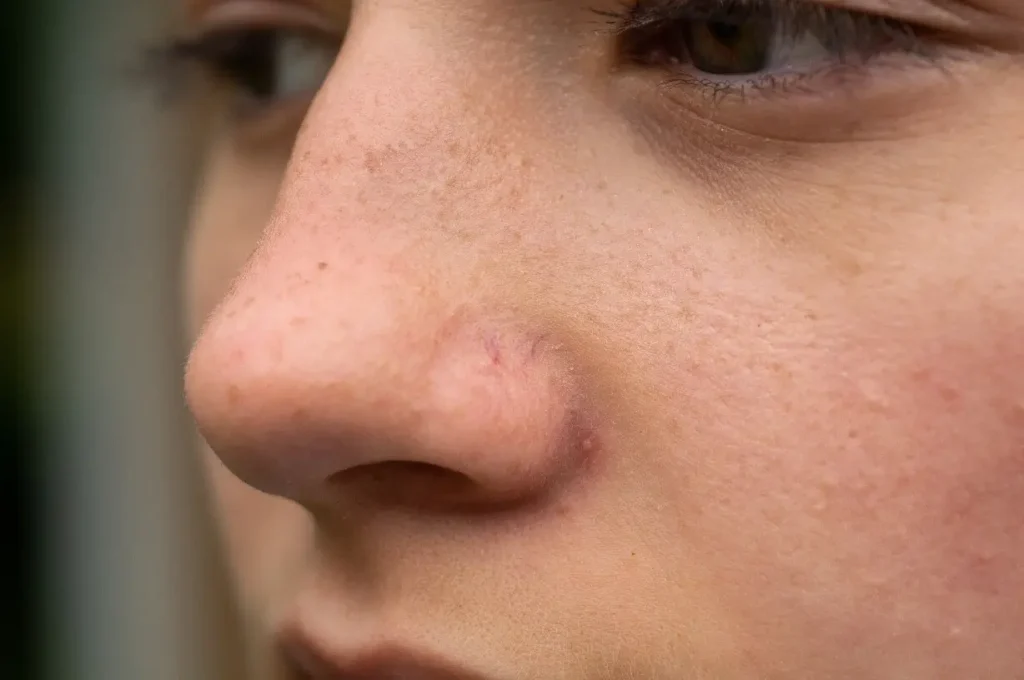
It also isn’t just spots though, it can also leave scarring, inflammation and red marks or blotches on the affected areas, things that are even harder to combat and prevent from coming back in the future.
What are the Seven Different Types of Acne?
We have discussed that it can take form in a variety of different types- but what are these types? And how are they different?
The seven types can be divided into five categories: comedonal, nodulocystic, pityrosporum folliculitis, hormonal and inflammatory acne, and they are as follows:
- Blackheads
- Whiteheads
- Nodules
- Cysts
- Fungal acne
- Papules
- Pustules
Comedonal Acne
Blackheads and whiteheads are types of comedonal acne, and probably the most common types too.
Blackheads and whiteheads are not inflammatory spots, they are both caused solely by dead skin cells and sebum, so are unlikely to cause any lasting damage to your skin- such as redness or scarring. They are also very difficult to squeeze, as they don’t really form a proper head.
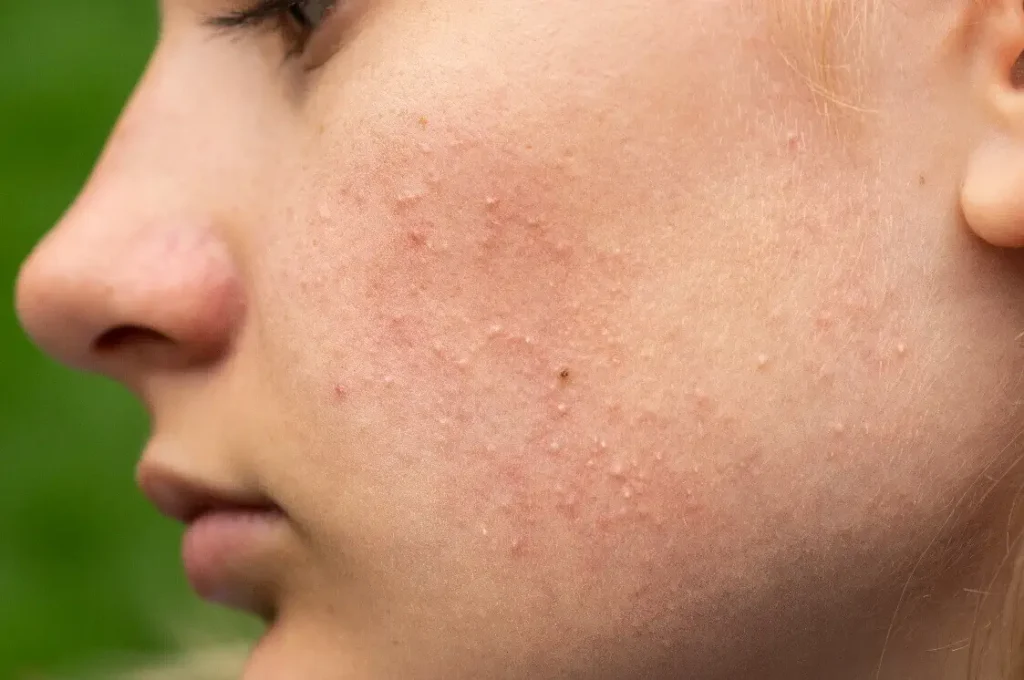
Blackheads are formed when sebum, the oily substance that is produced by the body naturally, clogs the pores and opens the surface of it. It is the combination of the clogged pore and the open surface of it that create the little black dot.
Nodulocystic Acne
Nodules and cysts are types of nodulocystic acne. This is a very painful and usually infected type that can go deep into the skin, but may also have a small head present on the surface of the skin too.
Nodules are usually caused by bacteria that is trapped within the skin, causing an infection inside the layers of the pore and forming a sore spot.
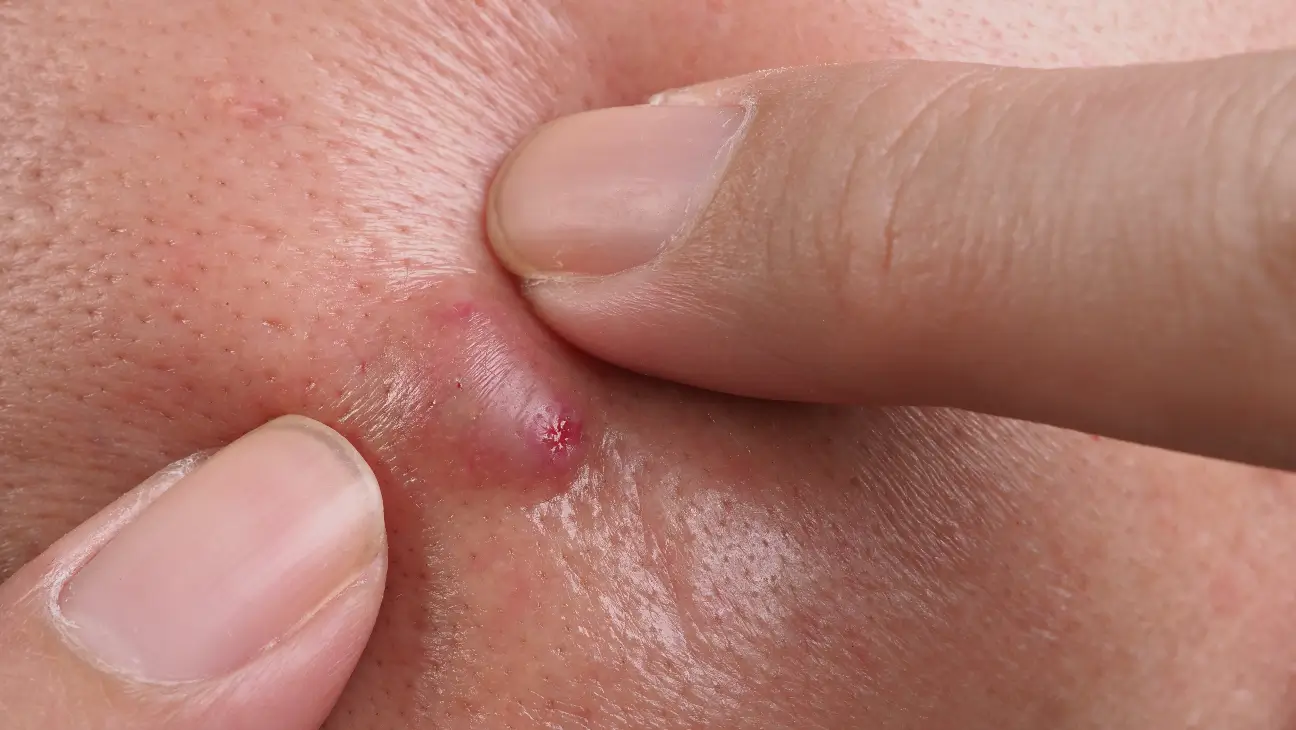
Cysts are by far the most painful type and the hardest to treat and prevent from coming back. They, like nodules, are caused by bacteria trapped within the skin layers that are infecting it, but can often contain blood and be a larger surface area of skin affected. It will be highly inflamed and the risk of scarring is high with this type of acne.
Pityrosporum Folliculitis
Fungal acne is a very stubborn form of acne to treat, and it differs a lot from the previous types we have just discussed. It is caused by the hair follicles getting infected and inflamed, usually down to areas where you have hair becoming hot or rubbing, such as during exercise.
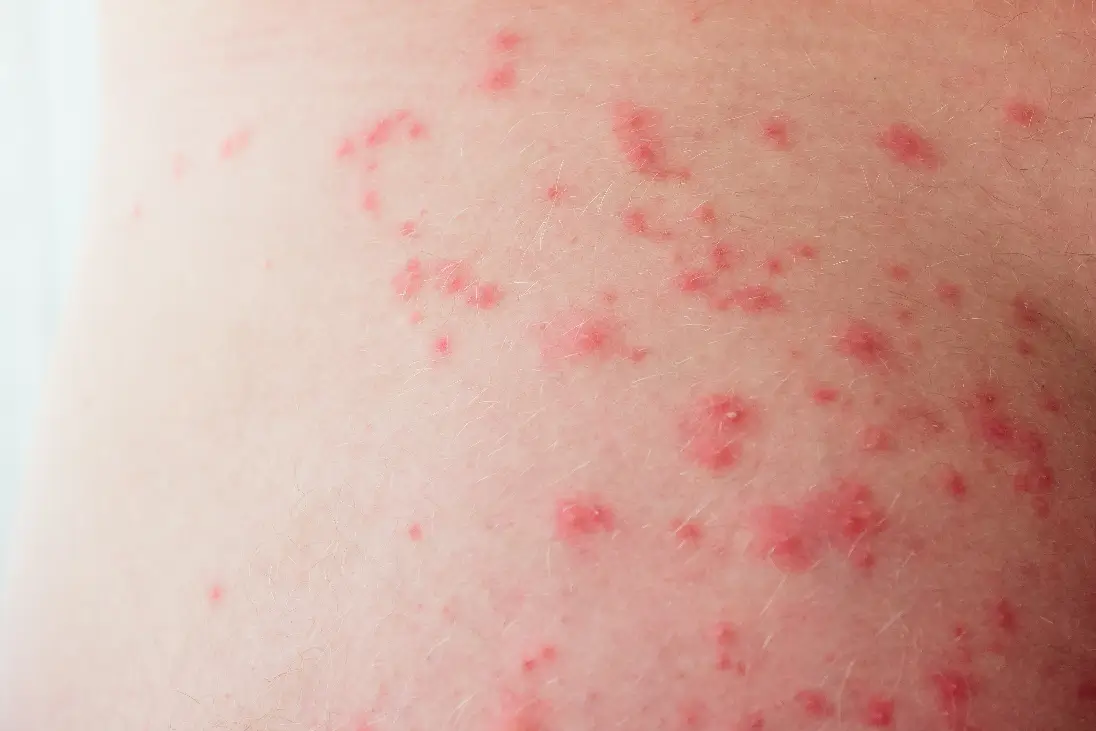
Inflammatory Acne
Both pustules and papules fall under the umbrella of inflammatory type, caused not by dead skin cells and oil, like blackheads and whiteheads, but instead by bacterial infections within the pore.
Pustules are red, sore and swollen for this reason, and they have a small white dot of pus within them too.
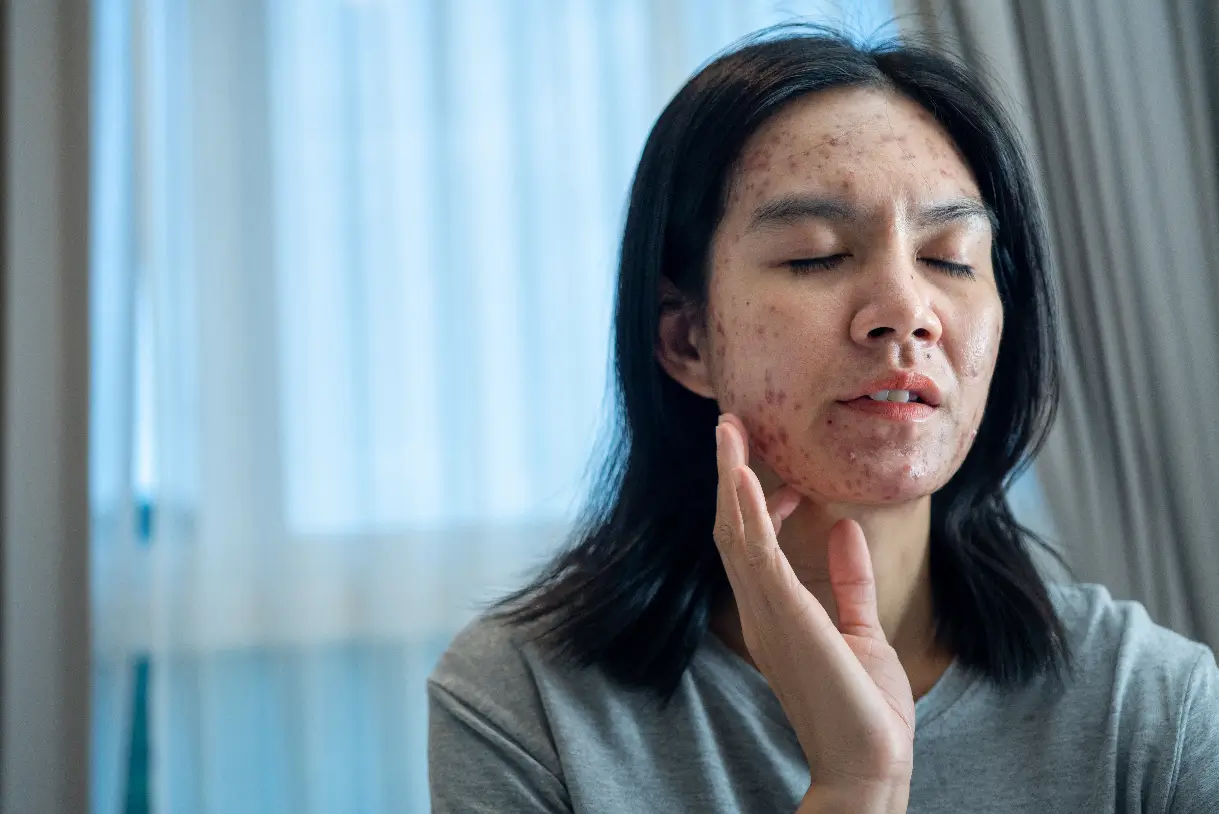
Though the dot can make them so tempting to pop- doing this can lead to scarring of the skin and the risk of the bacteria within them spreading elsewhere and creating further pustules. These types can also have an emotional cause too- with stress being linked to their formation, alongside the hormonal changes of puberty.
Papules are very similar to pustules in this sense, they just don’t contain the same white dot of pus that pustules do. These types are usually caused by both debris of the skin and bacteria, so they are red and sore as well.
Hormonal Acne
Hormonal acne is a bonus type- but one worth mentioning as it is a type of its own but it can present itself in the form of most of the above mentioned types too. It that typically affects the chin and lower jaw line, and is caused by the overproduction of sebum clogging the pores, something that is triggered by hormonal changes increasing the amount produced. It creates papules, blackheads, whiteheads and cysts, or even a mixture of all of these.
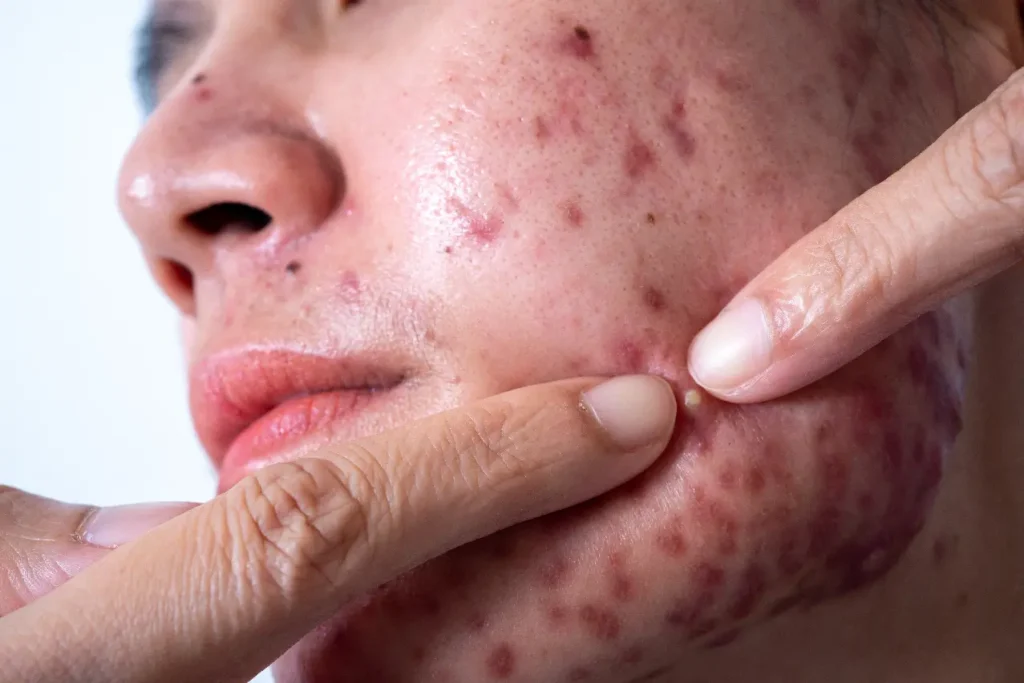
How to Treat Each Type of Acne
As you can see, there are a wide variety of different acne types that all have their own characteristic features and issues. This means that there is no one set rule for treating them all, and it is incredibly important to first determine the type that you have to make sure you are using the right kind of treatment to resolve its root cause.
Comedonal acne
For comedonal acne like whiteheads and blackheads, treatment can be found by making some adjustments to skin care routines, and sometimes dietary changes too. The best types of medicated creams include:
- Benzoyl peroxide
- Salicyclic acid
- Azelaic acid
These are all what are known as topical treatments, and they work by reducing the amount of oil produced and promoting skin cell turnover. Some natural remedies can also help, such as:
- Tea tree oil
- Aloe vera gel
- Honey
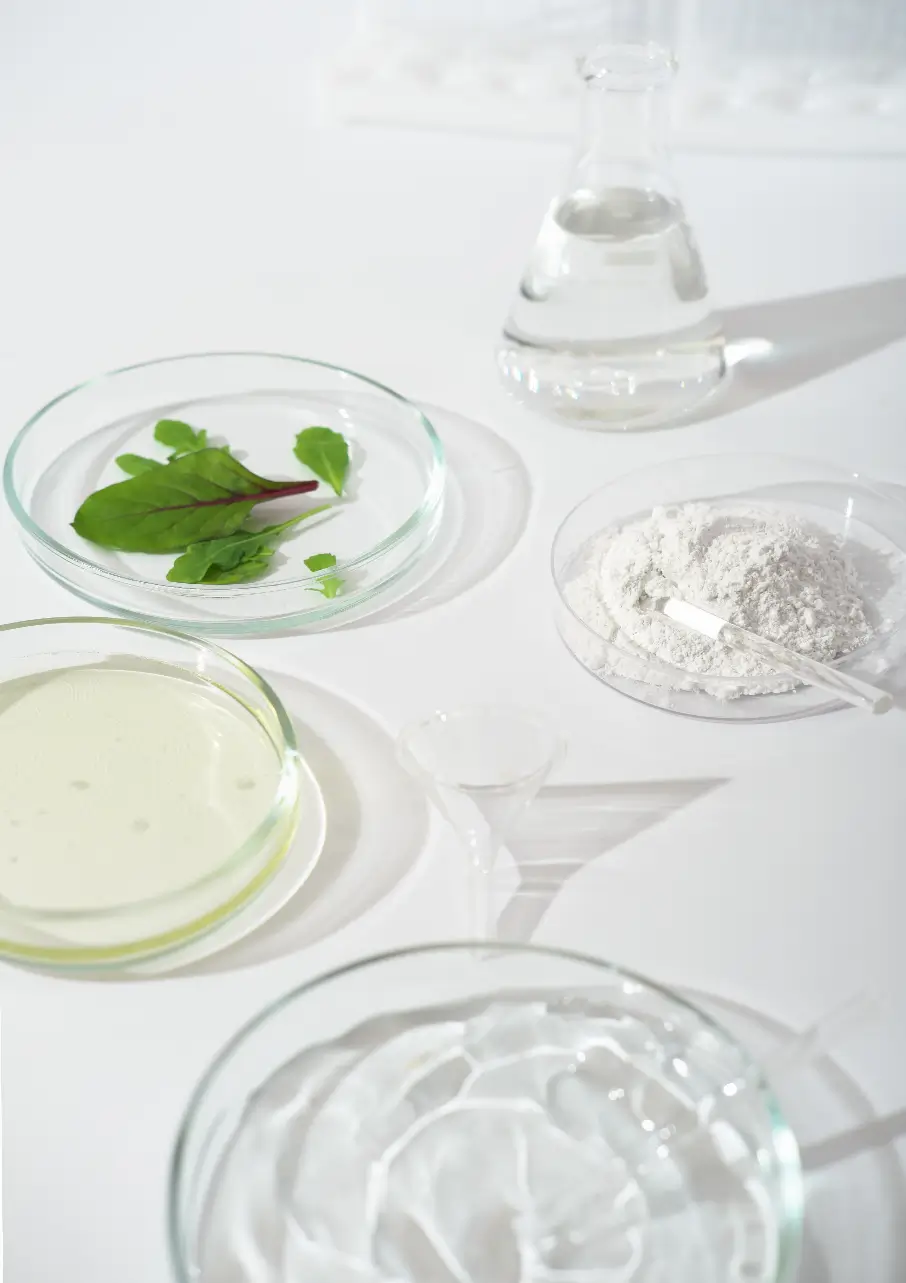
Nodulocystic acne
Over the counter topical products don’t usually work for this type of acne, mostly because they just work to reduce oil production and promote skin cell turnover at the surface only, which doesn’t touch cysts and nodules that are deeper in the layers of the skin. Prescription medication is usually the best for this, and can include:
- Antibiotics to help kill the bacteria in the pores
- Prescription-strength benzoyl peroxide or salicylic acid
- Retinoids that unclog trapped hair follicles
Pityrosporum Folliculitis
Fungal acne is one of the easier types to treat, and is most often done so with specific oral or topical antifungal medications. Common oral ones include:
- Fluconazole
- Itraconazole
Topical treatments can include:
- Econazole
- Ketoconazole
Because it is often caused by lifestyle factors, such as living in a hot climate or sweating, you can also take steps to eliminate fungal acne too such as wearing loose clothing or reducing the opportunity for the skin to be rubbed and irritated.
Inflammatory Acne
Inflammatory acne can be extremely difficult to tackle, not only because of the pain and redness that it causes but also because it can cause scarring on the skin that is very hard to treat. Some people find that topical over the counter treatment solutions help like:
- Azelaic acid
- Benozyl peroxide
- Niacinamide
- Salicylic acid
- Retinoids
Oral prescriptions can also be given to help with this kind of acne, such as:
- Antibiotics (specifically tetracycline)
- Hormonal birth control pills
- Isotretinoin, which is a form of vitamin A
These treatments may also help with scarring, but specific scar fading/removal solutions can also be bought over the counter to try and support the process. Solutions such as bio oil can work, but some people with deeper scarring may find that they need different kinds of treatment, like laser treatment or chemical peels.
Conclusion
All of the seven different acne types have their own root causes and effects on the skin, meaning that every treatment option is different. In order to combat, you need to understand what type of it you are suffering from the most, and what you think might be causing it. Whilst some types are quite easy to treat with topical over the counter treatments, such as salicylic acid or benzoyl peroxide, some require prescription treatment, especially cystic or inflammatory.
Acne can have other effects on the skin, such as leaving behind redness and scarring even after it has subsided, but these can also be treated and will, over time, fade. It is important to remember that acne is never something that should define you, whether you suffer from it a little bit or a lot, and is something that is very common among all of us.
